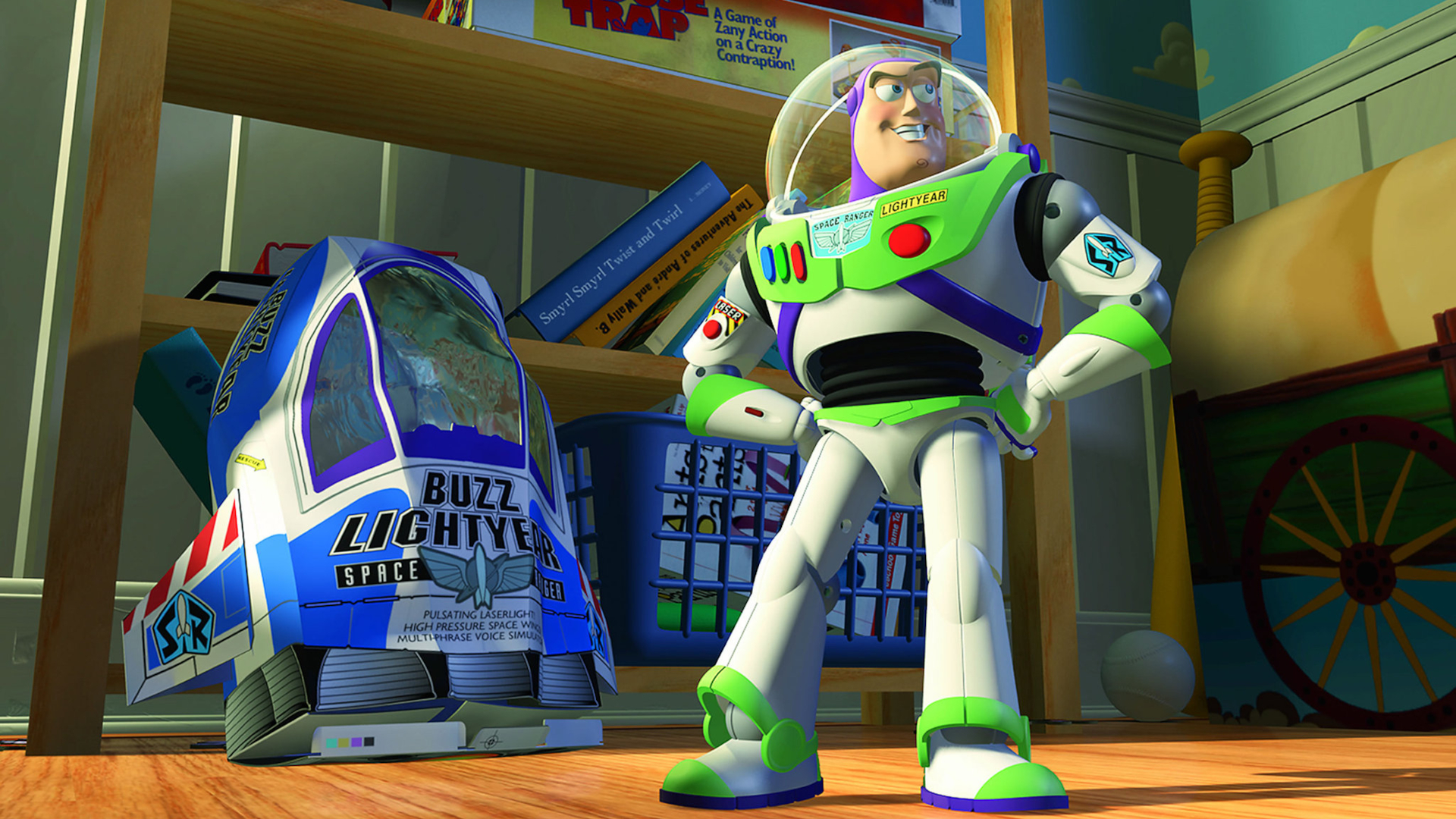NASA's Mars Rover Opportunity Moves Stalled Robotic Arm
LAKE BUENAVISTA, Fl. - NASA's Mars rover Opportunity has successfully moved its robotic arm for the first timein almost two weeks, prompting a series of discussions on the future use of theautomaton's appendage, the mission's manager said Thursday.
JimErickson, project manager NASA's MarsExploration Rover (MER) mission, said engineers are going over thedifferent risks associated with a finicky shoulder motor used to deployOpportunity's instrument-laden robotic arm.
The motorstalled on Nov. 25, fixing the arm in its stowed configuration - tucked closeto Opportunity's undercarriage for drives - and preventing study of a nearbyrock outcrop at the rover's Meridiani Planum landing site.
But roverhandlers managed to move the arm slightly in a Thursday test, Erickson told SPACE.comafter a presentation here at NASA's Risk Management 2005 conference.
The glitch,a sign of Opportunity's age as it completes its first Martian year (about 687Earth days) of exploration on Dec. 12, has prompted some talks over the risk ofdriving the rover with its arm partially deployed - elbowout - to ensure continued science operations, though more study is requiredbefore a decision is made, rover managers said.
"Would weget effective science at this position, what is the risk of doing it, what isthe risk of not doing it," Erickson said of the questions he hopes to discuss.
Onepotential trade-off could affect Opportunity's ability to take stereo images ofscience targets with its arm-mounted Microscopic Imager camera, rover managerssaid. Since there is only one imager on the rover arm, Opportunity buildsstereo views of targets by shifting the camera slightly to the side. With theshoulder joint locked in a partially deployed position, rover handlers wouldhave to shift Opportunity itself to generate the images, Erickson said.
Breaking space news, the latest updates on rocket launches, skywatching events and more!
Prior tothe January 2003 launch of Opportunityand its robotic twin Spirit,engineers did perform some test drives with the rover arm in a partiallydeployed position, Erickson said. But before any decision is made forOpportunity, rover planners will revisit the results of those tests, and likelyconduct new maneuvers, he added.
In order tomove Opportunity's stalled arm, engineers fed a higher voltage through thecoils of wire inside the shoulder motor to move it back and forth, said JohnCallas, deputy manager of the rover mission, in a telephone interview.
"The motionwas very small, but it was perceptible," Callas said, adding that more testswere set for Thursday evening.
A break inone of the wire coils inside the affected shoulder joint motor appears to bethe source of the glitch, engineers said. Nine coils, or windings, sit insidethe motor, Callas added.
Meanwhile,Spirit continues to function well at its Gusev Crater landing site, Callassaid.
Spirit,which launched earlier than Opportunity in 2003, celebrated its first Martian birthday last month.

Tariq is the award-winning Editor-in-Chief of Space.com and joined the team in 2001. He covers human spaceflight, as well as skywatching and entertainment. He became Space.com's Editor-in-Chief in 2019. Before joining Space.com, Tariq was a staff reporter for The Los Angeles Times covering education and city beats in La Habra, Fullerton and Huntington Beach. He's a recipient of the 2022 Harry Kolcum Award for excellence in space reporting and the 2025 Space Pioneer Award from the National Space Society. He is an Eagle Scout and Space Camp alum with journalism degrees from the USC and NYU. You can find Tariq at Space.com and as the co-host to the This Week In Space podcast on the TWiT network. To see his latest project, you can follow Tariq on Twitter @tariqjmalik.
